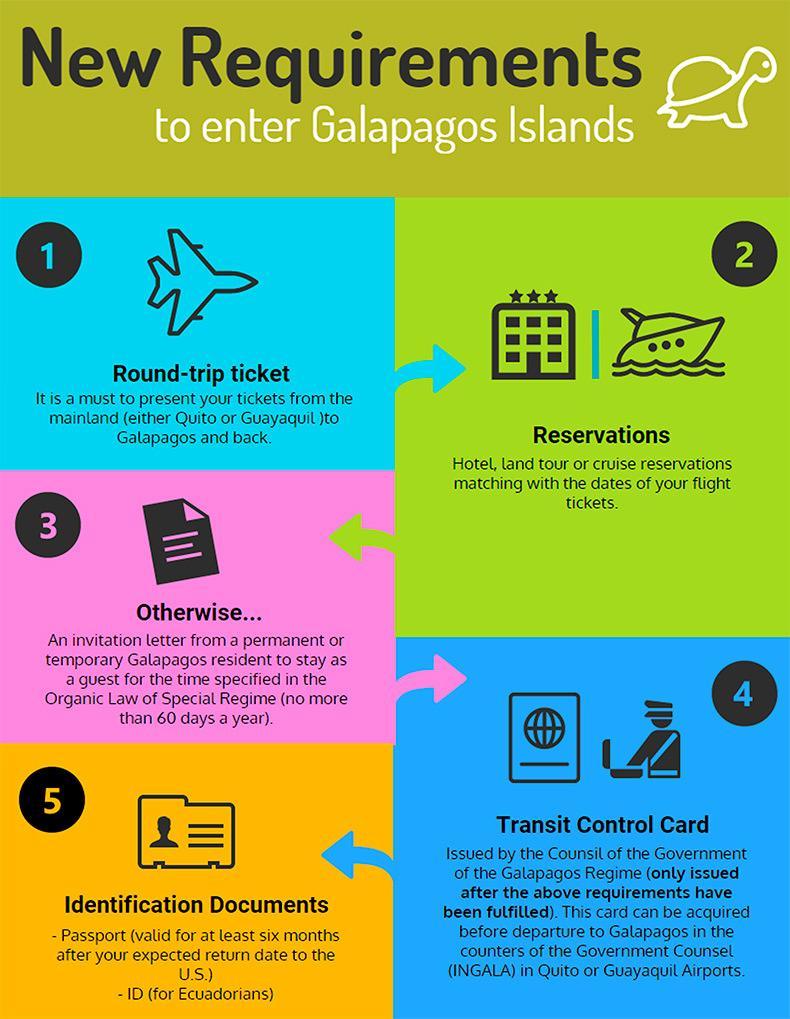Uncovering the Metropolitan Cathedral of Guayaquil
Standing alone as one of Guayaquil’s most beautiful attractions, the Metropolitan Cathedral of Guayaquil is a don’t-miss highlight of the Ecuadorian city. With her soft tones and double ornate towers, she is no doubt the queen of the skyline. But, her eye-pleasing innards are something to swoon over, too. So, ogle at her glistening exterior before heading in for a peek at the gothic cathedral ceilings and 126 stained-glass windows inside.
History and Architecture of the Metropolitan Cathedral of Guayaquil
The Metropolitan Cathedral of Guayaquil was first built in the early decades of Guayaquil’s establishment, way back in 1547. However, the structure that stands today is not the original creation made from wood, which burned down in 1892. Even so, it still holds historic value, as it’s reconstruction dates back to a span of nearly 25 years that began in 1924.
Today’s masterpiece is a mix of the style and influence of three architects who contributed to the work; Italian architect Paul Russo was the first (responsible for the design), followed by Spanish architect Juan Orus Madinya, and then Chilean architect Alamiro Gonzalez. The Metropolitan Cathedral of Guayaquil also known as the San Pedro Apostol Metropolitan Cathedral is regarded as a building of the Neo-Gothic architectural style.
Exterior features of the cathedral are flanked by curious sculptures that depict a winged bull, an angel, a winged lion, and a book. The figures are meant to denote symbols of will, knowledge, silence, and boldness. Other distinguishing features of the building include numerous archways, several chapels, two clock towers with needles, three naves, and a central nave dome.
Interior delights include an entrance hall, sanctuaries, a burial chamber, and the aforementioned 126 stained glass windows. Plus, a marble altar plus 5 other altars, balconies, columns, paintings, and exquisite sculptures.
When to Visit the Metropolitan Cathedral of Guayaquil
The church is open to visitors every day of the week, with special regard for times of service and special events. Visiting the Metropolitan Cathedral of Guayaquil is free of charge and the doors are open daily from 9 am to 7 pm. Sunday services are held on every hour from 8 am to 1 pm and at 5 pm, 6 pm, and 7 pm.
The Metropolitan Cathedral of Guayaquil also serves as the north star for many annual, religiously affiliated events. These are popular times to visit the church for special sermons, presentations, concerts, and parades. Three parades are expressly organized by the church; Corpus Christi (end of May), the Sacred Heart of Jesus (early November) and Christ the King (November 20).
Guayaquil’s Route of the Churches
In addition to the above religious save-the-dates, the Metropolitan Cathedral of Guayaquil is also linked with 7 other important churches in Guayaquil in an event regarded as the Route of the Churches. The Metropolitan Cathedral of Guayaquil is the starting point of the route, an annual tradition that today attracts many spectators.
The Route of the Churches is a one day journey performed by the devout and faithful Catholics of Guayaquil who pray and worship at 8 churches in sequence. Typically, the traditional tour takes place on Holy Thursday, the Thursday before Easter every year. Other churches included on the route are: San Jose Church, San Alejo Church, Santo Domingo church, San Agustin church, La Merced church, Nuestra Señora de los Angeles (Our Lady of Angels) church, and the Metropolitan Cathedral Saint Peter the Apostle.
Where is the Metropolitan Cathedral of Guayaquil?
The Metropolitan Cathedral of Guayaquil is located in the Rocafuerte parish on Chimborazo Avenue and 10 de Agosto Street, in front of the Parque Seminario. This is a centralized location in Downtown Guayaquil, about 4 blocks east of Torre Morisca on the Malecon 2000 and 8.5 km from Hotel del Parque Historico.
